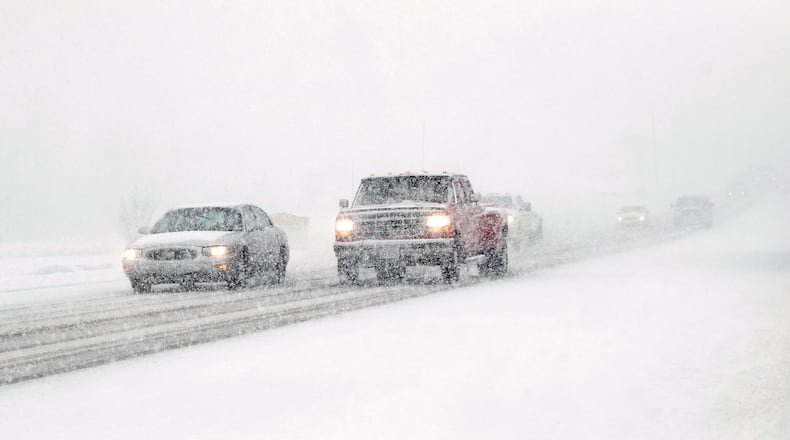»RELATED: How will LaNina affect winter in the Miami Valley?
Looking back through the record books across the Great Lakes and Ohio Valley, we seem to get a January thaw on average centered around the third week of January. I did some research for the Miami Valley and over the last 5 years, we’ve had quite a bit of variability.
I define a January thaw where temperatures reach at least 8 to 10 degrees above normal, typically above 40 degrees allowing most or all the ice or snow on the ground to melt. The last two years in Dayton, we’ve had really mild winters with much of January being above normal. However, a closer look shows that we typically see temperatures peak in the Miami Valley for a period of 3 to 6 days between Jan. 14 and 31.
Despite the wintry start to this week, we will get our chance to thaw out in a few days as temperatures climb through the 40s. It will likely (almost) feel like spring by Thursday as temperatures are expected to soar into the 50s. Typically, when the warmer air moves in over the cold, snow-covered ground though, we typically will get areas of fog and drizzle. That is again expected this week, especially Wednesday evening.
»RELATED: January will be beautiful month to look into the sky. Here’s why.
One thing we do have to watch for closely when January thaws occur is the potential for bigger storm systems. The warmer air can hold more moisture than the arctic airmasses and that can lead to storms that can produce higher amounts of precipitation. It is during these January thaws where heavy snow, ice or even heavy rain can occur. If the precipitation falls as rain, then the threat for flooding is increased as the ground will typically remain frozen, thus not absorbing any of the rain. Some of the worst flooding in Ohio history has occurred after heavy rains fall on the frozen ground.
We will have to watch a storm system that is in the forecast late this week.
Depending on the storm track, we could see heavy precipitation either in the form of rain, snow or both. Behind the storm, the arctic air will return across the Miami Valley for the coming weekend. But this time, the bitter air won’t stick around quite as long, as yet another significant warm-up looks to be in store for the Miami Valley for the third week of the month.
And for those of you counting… we are now less than 70 days away from the official start of spring. Hang in there.
Eric Elwell is WHIO StormCenter 7 Chief Meteorologist. Contact him at eric.elwell@coxinc.com or follow him on Facebook and Twitter.
About the Author
